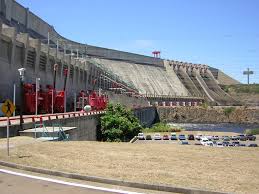With the world quickly turning towards carbon-free sources of energy, hydroelectricity has become a leading source of environmentally friendly renewable energy globally. China tops the world in terms of annual hydropower generation. Hydropower is common around the world largely due to low cost, low emission of greenhouse gases, and flexibility in terms of production relative to demand. Below we highlight the top 10 biggest hydroelectric power plants in the world;
1. Three Gorges, China – 22.5GW
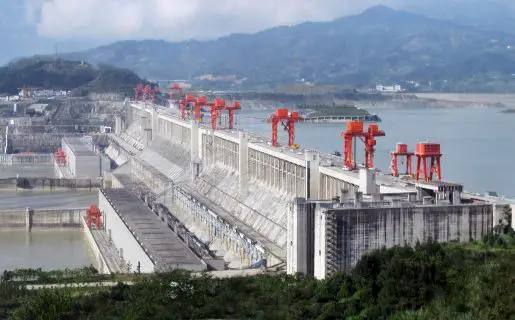
Located in Yichang, Hubei province, China, the 22.5GW Three Gorges hydroelectric power plant is the largest hydropower station in the world. The megadam utilizes the natural water resource along the Yangtze River. The power plant is owned and operated by China Three Gorges Corporation (CTGC) through its subsidiary China Yangtze Power.
The dam was constructed at a cost of $29bn from 1993 to 2012. The 181m-tall and 2,335m-long gravity dam is part of the Three Gorges project and consists of 32 700MW-turbine / generator units. It also has two 50MW power generators. The Three Gorges hydroelectric power plant is estimated to have an annual output of 85TWh. The power generated at the power plant is used in nine provinces and two cities, including Shanghai.
2. Itaipu, Brazil & Paraguay – 14GW
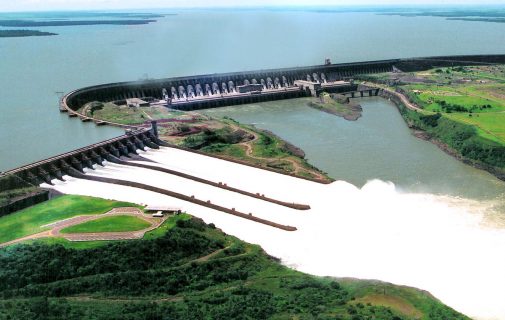
The Itaipu hydroelectric power plant has a capacity of 14GW and is located along the Parana River at the border of Brazil and Paraguay. The power plant is operated by Itaipu Binacional. The $19.6 billion facility was constructed between 1975 and 1982 and the construction work was done by US-based IECO and Italy-based ELC Electroconsult. The Itaipu hydroelectric power plant is made up of 20 700MW generating units.
3. Xiluodu, China – 13.86GW
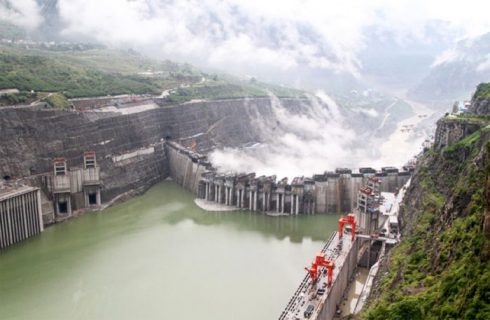
Located along the Jinsha River in central Sichuan Province of China, the Xiluodu hydropower has a capacity of 13.86GW and was officially inaugurated in 2013 and started power supply in 2014. The power plant was developed by CTGC and is one of the biggest hydroelectric power plants in the world.
The power plant features the world’s first ultra-high concrete double-curvature arch dam at an elevation of 610m. The maximum height of the dam is 285.05m and the reservoir area is 454,400km². The facility has 18 Francis turbine-generator units of 770MW each.
4. Guri, Venezuela – 10.2GW

Also known as the Simón Bolívar hydroelectric power station, the Guri power project is located along the Caroni River in the Bolívar State of southeastern Venezuela. The plant is owned and operated by CVG Electrification del Caroni. Construction works at the hydropower plant started in 1963 and was conducted in two phases with the first phase completed in 1978. The plant has 20 generating units of different capacities ranging between 130MW and 770MW.
5. Belo Monte, Brazil – 9.39GW
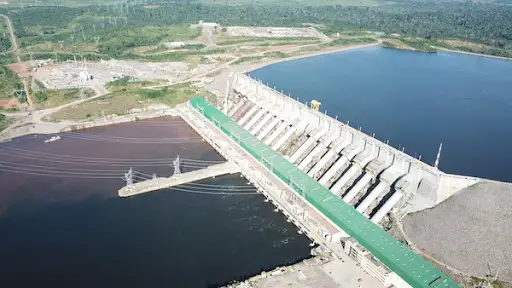
The Belo Monte hydropower project is under construction and located along the lower reach of the Xingu River, in Pará, Brazil. The plant was installed with 9.39GW generating capacity as of September 2019 and is projected to generate 11.2GW when fully operational. It is expected to be fully functioning by end of 2020.
The power plant is owned and operated by Norte Energia, a consortium led by the Brazilian electric utility company Eletrobas (49.98%). The project is expected to cost $11.2 billion and its construction started in 2011.
6. Tucurui, Brazil – 8.37GW
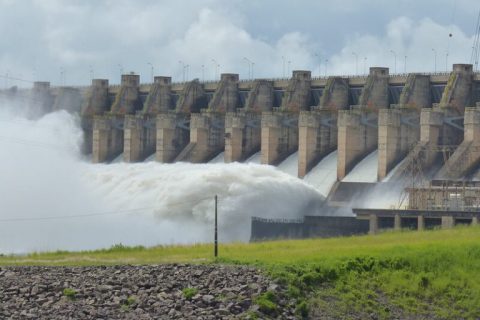
The Tucuruí Hydropower Complex is located along the lower side of Tocantins River in Tucuruí, Pará, Brazil. Construction of the power plant started in 1975 and was completed in 1984. The Tucuruí Hydropower Complex was put up at a cost of $5.5 billion. The first phase has a concrete gravity dam 78m tall and 12,500m long, 12 generating units with a capacity of 330MW each and two 25MW auxiliary units. Construction of the second phase started in 1998 and was completed in 2010.
7. Grand Coulee, USA – 6.8GW
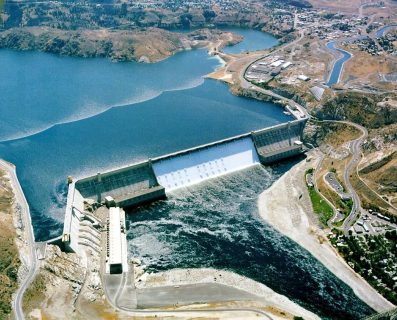
The Grand Coulee is a 6.8GW power plant located in the Columbia River in Washington, US, and one of the biggest hydroelectric power plants in the world. The US Bureau of Reclamation owns and operates the facility. The plant was constructed in three phases and commissioned in 1941.
